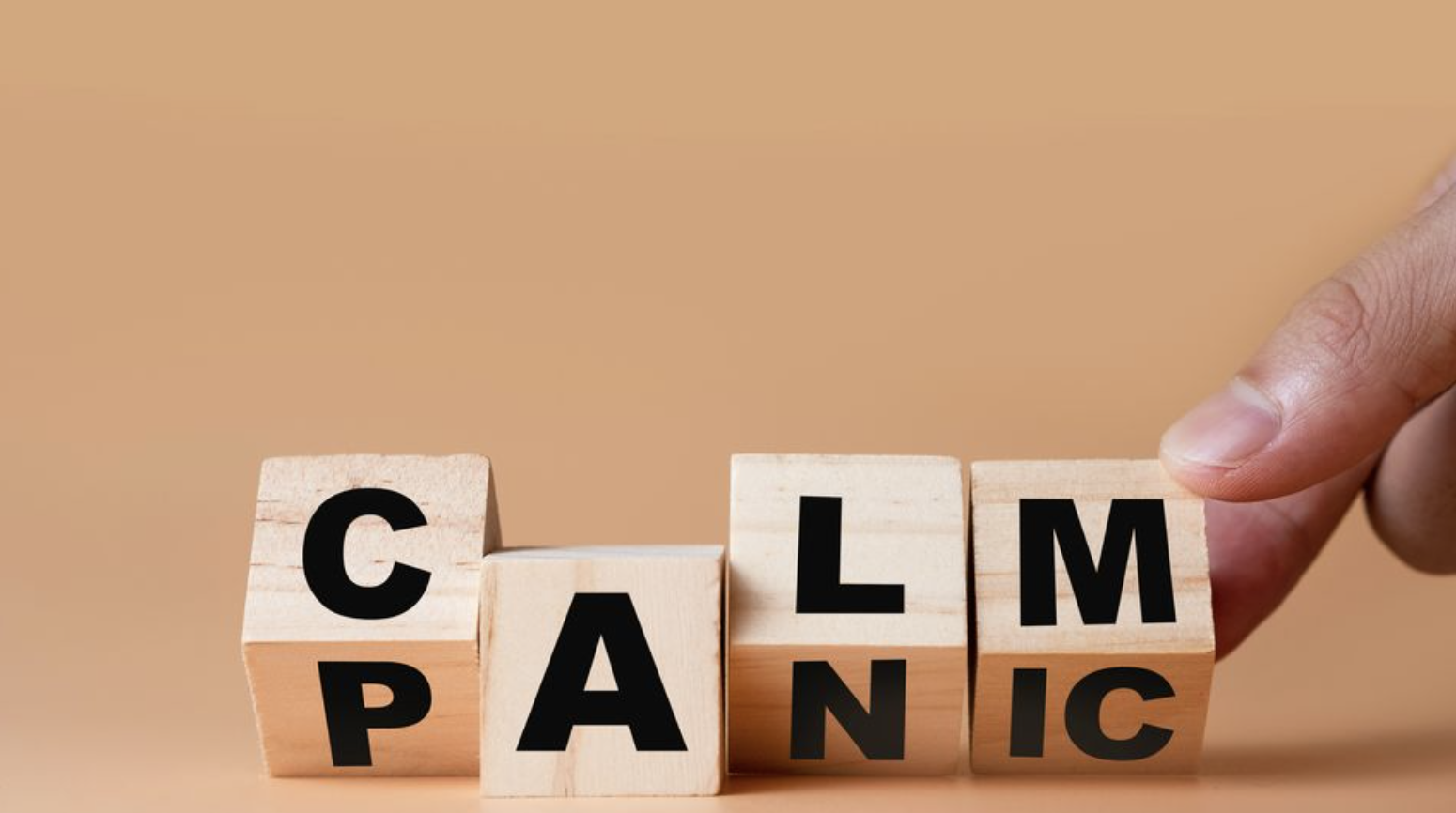Fast fear can save your life. Slow fear can destroy it.
When something threatens your life, your loved ones, or something precious to you, fear can overwhelm you completely, leading you to fight, flee, or freeze. There’s even a special part of our brain called the amygdala specifically designed to respond to such threats and arrange for your complete engulfment in this fear and respond when necessary. We all need fast fear – fear that saves our lives. We all have it hardwired from birth.
When the threat is gone, assuming some permanent trauma has not ensued, the normal and healthy response is to let go of the fear. This is accompanied by a sense of relief or even gratitude that the consequences of the threat did not occur and that we can return to a life without fear. There are even parts of your brain that help do this – mostly in the left frontal cortex.
Sometimes we can’t return to a life without fear, even if the threat and its consequences have disappeared. Sometimes that fear becomes attached to a physical feeling or a thought that continues, recurs, and, in the process, re-traumatizes us. This then becomes slow fear – chronic fear. Unlike fast fear, which can save our life, slow fear can destroy our life if we become engulfed by it. It can cause a constant state of anxiety or depression – fear to exhaustion.
Once fast fear has become slow fear, it is difficult to change. Our frontal cortex no longer has control over the amygdala. Slow fear damages us physically through anxiety and fear reactions to internal (thoughts) and external (looks and words) things that are not threats. It stimulates hormones and induces inflammation that impacts the brain and body. Repeated slow fear exhausts our adrenals, impairs our immunity, increases our chances of chronic disease, and lowers our life expectancy.
Although it is difficult to correct slow fear once it has set into our brain, it is not impossible. Psychiatrist Jim Gordon, director of The Center for Mind-Body Medicine, has summarized a plethora of ways to alter slow fear in his book “Unstuck.” Newer ways of resetting this body-brain automation have also been investigated, including psychedelics, breath work, and mindfulness practices. While there are lots of tools, that doesn’t mean it’s easy. It takes work and persistence to enact healing behaviors that slow fear, by its very existence, tends to undermine. Much better, if possible, to teach the skills early that allow for the prevention of fast fear from becoming slow fear.
My three-year-old grandchild is a good example of this. Although his life is not without traumas, anxieties, threats, and unfulfilled needs, he has learned how to process the feelings that come with those threats quickly and thoroughly, not letting them get embedded into his body. When upset or hurt, his parents hold, comfort, love, and allow him to go through the feelings he has, not trying to suppress, discount or enhance them. Simply letting him process. And process his feelings he does, often loudly and publicly, as he learns to quickly go back to his basic happy, unthreatened self once the feeling is over.
Older children can learn these skills, too. My wife recently went to drop off some things for my daughter, who is a middle school drama teacher. As she walked into the classroom, she saw 12- to 14-year-olds acting out roles and feelings as they practiced to put on a play. Adolescent children who normally are trying to socially posture and be “too cool for school” were displaying feelings and had an opportunity – like the three-year-old – to process them, both for themselves and in front of others. Later, these same 12- to 14-year-olds were out on the playground, running and yelling in delight, their three-year-old selves coming out with abandon.
When the acute threats and fears of daily life are not allowed to be processed or met with such love, these experiences can become adverse and change into slow fear. They become Adverse Childhood Experiences (ACE). ACEs are now known to be linked to multiple chronic illnesses, mental health problems, and lower life expectancy. Children with ACEs also tend to engage in behavior that results in disciplinary actions, which can lead to further crackdowns – emotions suppressed, fear needs unmet, turning fast to slow.
Schools that take a person-centered approach and allow those feelings to come out, to be respected and acknowledged, make space for children who are much better at building resilience. Those children learn how to process their slow, recurrent fear and put it in its appropriate place. They are learning how to manage feelings and fear as they should have when they were three.
Years ago, the psychiatrist Gerald Jampolsky wrote a book called “Love is Letting Go of Fear.”
“Hate, and anger,” he said, “are not the opposite of love, holding onto fear is.” In this age of growing terrorism and trauma – all good reasons to have fast fear if you’re in the middle of it, of course – could the long-term solution be simply processing it so that it doesn’t become slow fear? Let’s start by teaching our children and ourselves to let go of that type of fear. We will all benefit by being healthier and more well in body, mind, and spirit because of it.

